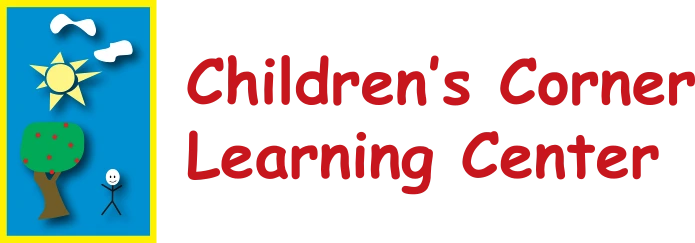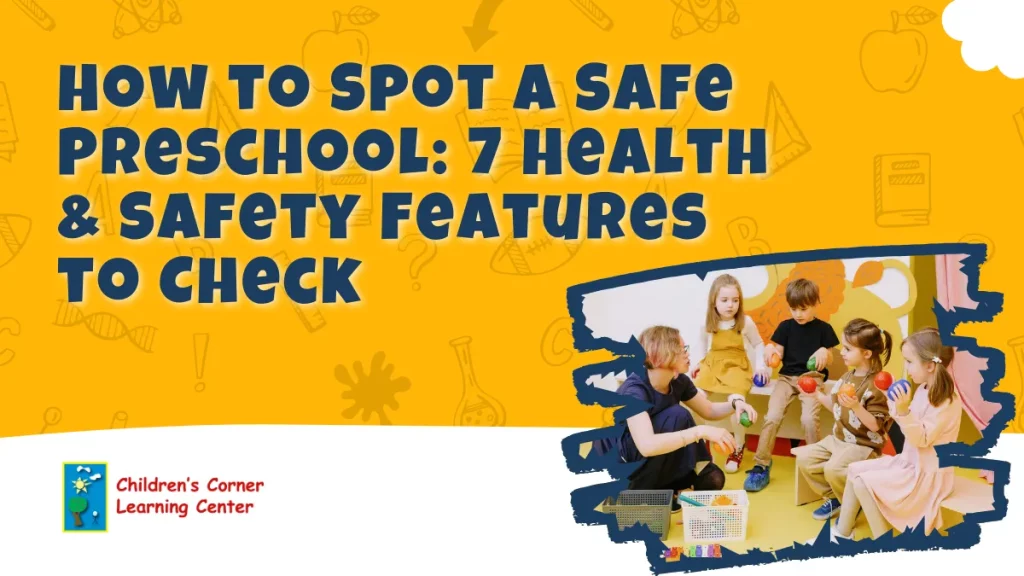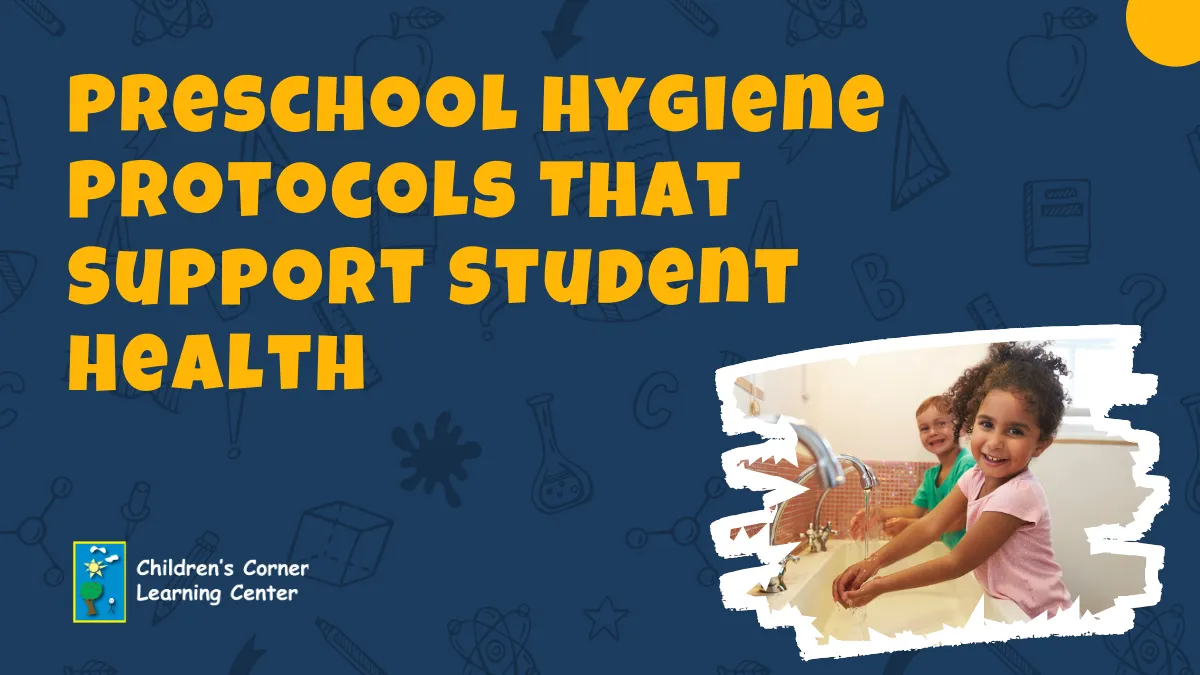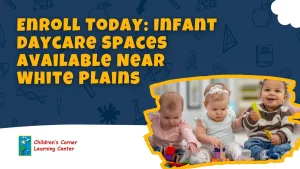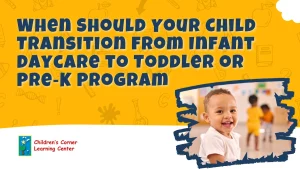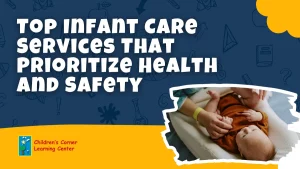A preschool health and safety checklist is a critical tool for parents evaluating the well-being of their children in early learning environments. A safe preschool prioritizes education and every child’s physical and emotional security. From secure entry points to hygiene practices and emergency preparedness, certain features indicate a strong commitment to student safety.
Observing these elements during a tour helps families make informed decisions and avoid potential risks. In this guide, we highlight seven essential health and safety features every parent should check to ensure their chosen preschool meets the highest standards of care and protection.
1. Safe Preschool Features That Protect Children Every Day
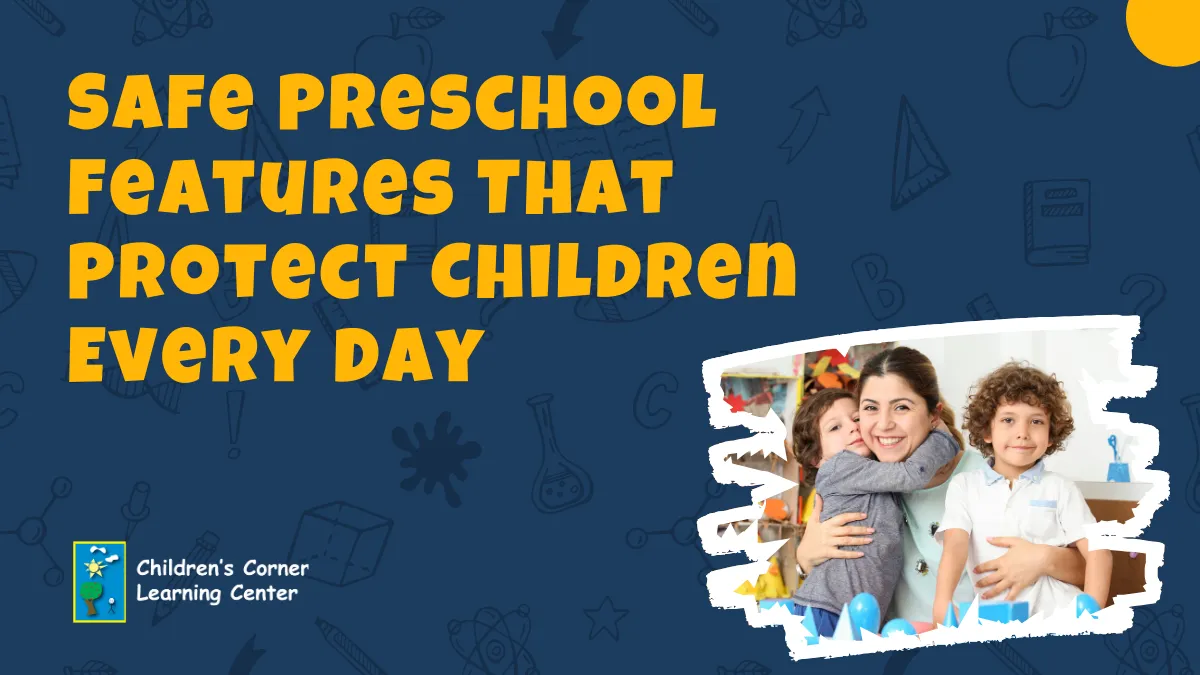
A safe preschool combines thoughtful design, consistent procedures, and attentive care. Observing these elements during a tour can help determine whether the environment supports your child’s daily safety and well-being.
Start by noting how the facility manages access. Entrances should be secured, with clear check-in procedures and a record of all visitors. Children must only be released to authorized individuals, and staff should be at key access points to monitor arrivals and dismissals.
Safety is built into the physical setup of the classroom. The environment should be open, uncluttered, and adapted to young children’s needs. Look for sturdy, appropriately sized furniture and materials free of sharp edges or small detachable parts.
One way to assess a preschool’s safety commitment is to observe these standard features:
- Locked entry doors with controlled access
- Clean, well-maintained play and learning areas
- Rounded furniture and padded flooring
- Safe, age-appropriate toys and equipment
- Consistent adult supervision throughout the day
These features reflect regulatory compliance and a more profound commitment to providing a secure, respectful, and nurturing space—where children can explore, learn, and grow confidently.
2. Understanding Preschool Safety Standards and Regulations
A quality preschool doesn’t just create its own safety procedures—it adheres to established preschool safety standards and regulations enforced at the state and local levels. These standards ensure that all children are cared for in environments that meet essential health, safety, and structural requirements.
Licensing is one of the first indicators of compliance. A licensed preschool is regularly inspected for fire safety, cleanliness, proper staffing, and appropriate student capacity. Facilities must meet building codes and have documented emergency plans. Ask to see current licenses and inspection reports—they should be readily available and up to date.
In addition to facility requirements, staff training is critical to school safety. Teachers and caregivers should be certified in CPR and first aid, and participate in ongoing safety training specific to early childhood environments.
Look for these key indicators of regulatory compliance:
- Visible licensing and inspection records
- Certified staff in CPR and emergency procedures
- Posted evacuation maps and fire drill logs
- Well-defined illness, injury, and emergency policies
High-quality preschools demonstrate a serious and structured approach to protecting every child in their care by following formal safety regulations and exceeding minimum expectations.
3. Preschool Hygiene Protocols That Support Student Health

Strong preschool hygiene protocols protect children from illness in group settings. A well-maintained classroom reduces the spread of germs, supports a healthy routine, and teaches children lifelong habits that promote wellness.
Daily cleaning should be visible and consistent. Classrooms, restrooms, toys, and high-touch surfaces must be disinfected regularly using child-safe products. Shared items should be sanitized between uses, and floors and tables should be cleaned at the end of each day.
Equally important is hand hygiene. Children should be encouraged to wash their hands at key points throughout the day, including:
- Before and after meals
- After outdoor play or bathroom use
- After sneezing or coughing
- Whenever hands are visibly dirty
Sinks should be accessible, and teachers should actively guide proper technique. Alcohol-free hand sanitizer may be used when soap and water aren’t immediately available.
In addition to daily routines, preschools must have clear illness policies. Children with symptoms such as fever or vomiting should stay home, and staff should conduct quick health checks at drop-off when necessary.
Preschoolers are strongly committed to maintaining high hygiene standards to create a clean, safe, and supportive environment for every child.
4. Playground and Outdoor Safety Measures
Outdoor play is essential to early childhood development, but clear safety measures must support it. A quality preschool ensures that playground and outdoor areas are designed, maintained, and supervised with children’s safety in mind.
Start by observing the physical layout. Outdoor spaces should be securely enclosed to prevent children from wandering off or unauthorized individuals from entering. Surfaces under play structures should be made of impact-absorbing materials such as rubber padding, mulch, or sand to reduce the risk of injury.
Equipment should be age-appropriate, stable, and in good repair. Check for signs of rust, splinters, or sharp edges. There should also be a clear separation between areas used by toddlers and older children to prevent accidents due to developmental differences.
Reliable supervision is essential. Teachers should actively monitor children, be positioned to see all areas, and be ready to intervene if necessary.
Look for these outdoor safety features during your visit:
- Fenced-in play areas with secured gates
- Shock-absorbing surfaces under climbing equipment
- Separated zones for different age groups
- Daily inspections for broken or unsafe equipment
- Active staff supervision at all times
When thoughtfully designed and properly monitored, outdoor spaces can become safe environments where children can explore, socialize, and develop motor skills confidently.
5. Food Safety and Allergy Awareness
Preschools are critical in ensuring every child’s dietary needs are safely and responsibly met. A strong focus on food safety and allergy awareness is essential to protecting students from preventable health risks during meals and snacks.
Begin by asking how food is stored, prepared, and served. All food handling should follow basic safety guidelines, including proper refrigeration, clean preparation areas, and sanitized utensils. Meals and snacks must be kept at safe temperatures and served in clean, child-friendly containers.
Just as important is how a preschool manages food allergies and sensitivities. Teachers and kitchen staff should be fully aware of each child’s dietary restrictions and trained to prevent cross-contamination. Allergy-safe zones and individualized meal plans are signs of an attentive and responsible program.
Look for the following food safety measures:
- Posted allergy lists and meal plans
- Staff trained in allergy recognition and response
- Separate preparation areas for allergy-friendly foods
- Clean and well-monitored eating areas
- Emergency procedures for allergic reactions
These practices show that the preschool values nutritional health and prioritizes student safety during every mealtime routine. Proper planning and vigilance around food help ensure a safe environment for all children.
6. Medication Handling and Health Records
Proper medication handling and health records management are critical aspects of preschool safety. Families should feel confident that their child’s medical needs—whether daily or emergency-related—are addressed with care, accuracy, and compliance.
Preschools must follow strict procedures for storing and administering medication. All medicines, including over-the-counter options, should be kept in a locked, labeled container out of children’s reach. Only designated staff members, trained in medication administration, should handle dosage, timing, and documentation.
Accurate health records are equally important. Parents should provide up-to-date information on allergies, chronic conditions, immunizations, and any required medication upon enrollment. These records help staff respond quickly and appropriately in case of illness or emergency.
Look for signs of reliable health and medication management:
- Secure, labeled medication storage
- Written parent authorization for all medication use
- Daily logs documenting administered doses
- Emergency action plans for allergies or health conditions
- Confidential but accessible health records for staff reference
These procedures demonstrate that the preschool is committed to providing personalized, attentive care. Effective medication and health record management ensure that each child’s unique medical needs are respected and consistently met.
7. Communication and Incident Reporting Practices
Clear and timely communication is a key component of preschool safety. Families should be informed about learning milestones and any health, behavior, or safety-related concerns that arise during the day. Strong incident reporting practices ensure transparency, build trust, and support a collaborative approach to a child’s well-being.
In case of a minor injury, behavioral incident, or health concern, staff should follow a standardized process to document what happened, how it was handled, and when parents were notified. Written reports and verbal updates help ensure that families are fully informed and able to follow up as needed.
Daily communication supports safety by informing parents of environmental changes, policy updates, or illness trends. Schools that offer real-time updates or daily summaries often use digital platforms, emails, or written notes sent home.
Key communication practices to look for include:
- Detailed incident reports with parent signatures
- Prompt notification of injuries or health issues
- Clear communication channels (email, apps, written notes)
- Open-door policies for family questions or concerns
- Regular updates on safety protocols and procedures
A preschool that prioritizes open, respectful communication demonstrates a strong commitment to family engagement and child safety.
Conclusion
Choosing a preschool means more than finding the right curriculum—it means selecting an environment where your child is truly safe, healthy, and cared for each day. Families can confidently assess the essential features supporting physical protection and emotional well-being by using a comprehensive preschool health and safety checklist. Every detail matters from secure entrances and hygiene routines to allergy protocols and communication systems.
Take the next step toward peace of mind—call (800) 933-7757 or visit www.childrenscornergroup.com/book-a-tour to schedule a personal tour at Children’s Corner Learning Center today.
